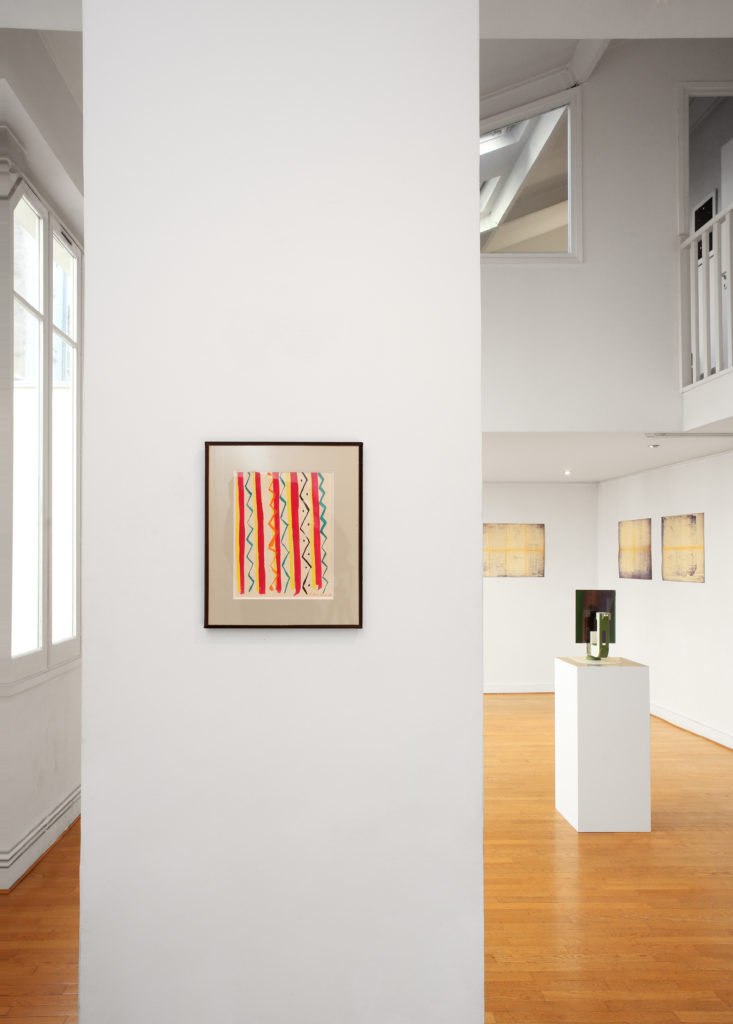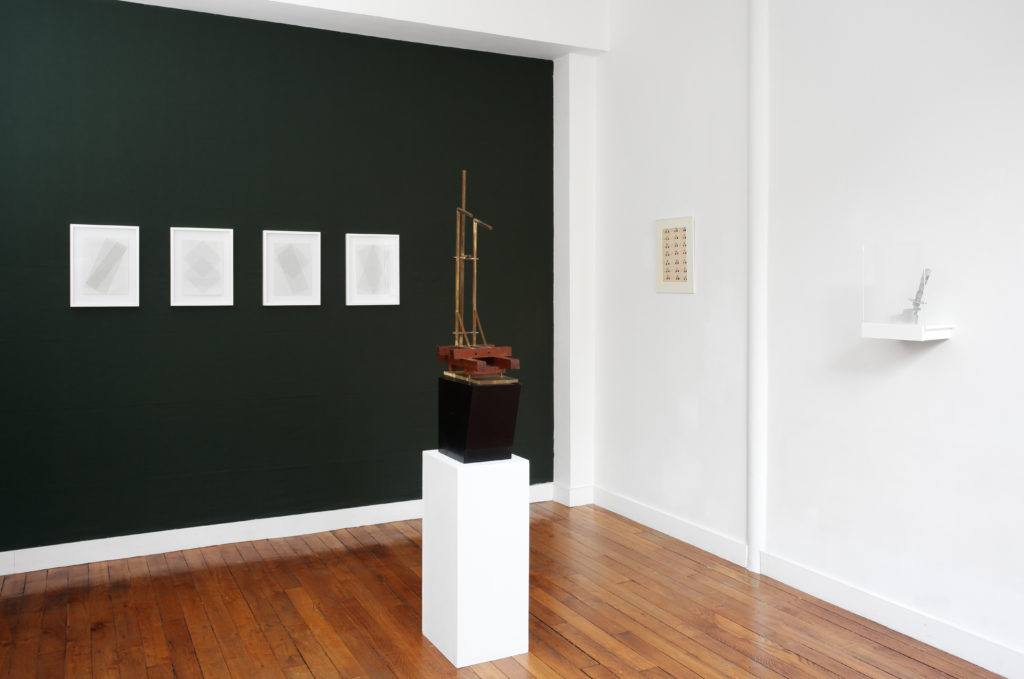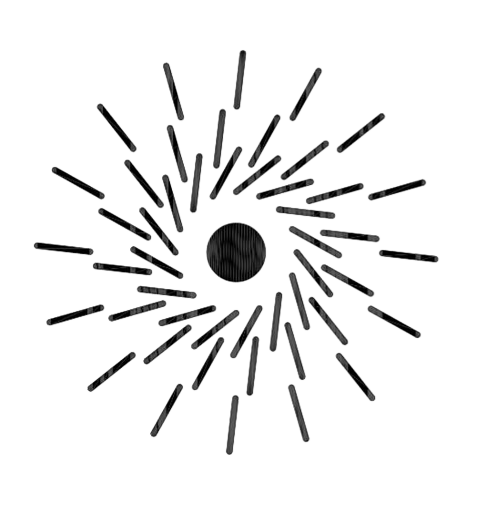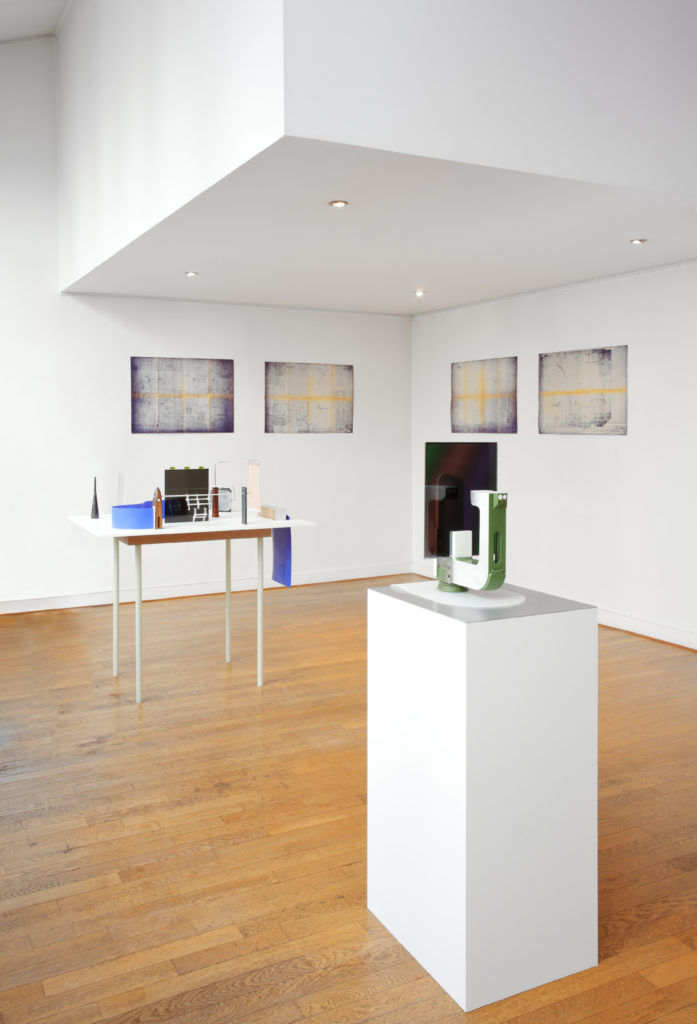Georgii Stenberg, Paul Mansouroff, Charlie Boisson, Kasper Pincis
October 7 – December 3, 2016
*
Looking at the influence of the works of industry on art. A dialogue spanning from Georgii Stenberg and the Russian avant-garde to contemporary practices.
FABRIK highlights the links between art and industry. In 1923, Nicolaï Taraboukine proclaims the passage from “easel to machine”. Inspired by the work of the young Constructivist Working Group, which demanded the abandonment of composition in favour of construction, he theorised the fascination of the machine and its utilitarian perfection. Like Alexander Rodchenko, Vladimir and Georgii Stenberg, they identify with an approach to materialist art in that they advocate the use of “real materials in real space”. Parallel to this divestment of the easel, the artists took over a range of practices, usually associated with the applied arts. Posters, typography, textile design, are all fields of investigation to confront art with industry. Like Paul Mansouroff, who, following his meeting with Sonia and Robert Delaunay, would compose at the end of the 1920s numerous fabric projects inspired by his research alongside Malewicz and Tatlin in Petrograd.
In the era of de-industrialization, the machine exerts a fascination of another kind. Contemporary creators manipulate it with a certain distance, conscious of being the last witnesses of this “era of the artefact”. Charlie Boisson creates hybrid montages, where lcd screens meet obsolete pieces of technology, sewing machines, inkjet printers, vices. Kasper Pincis’ millimetric compositions explore the plastic possibilities of the typewriter. As if he had grasped this archaic object without fully understanding its function, since 2014 he has been producing a series of geometric compositions by simply pressing the ‘+’ sign. Dismissed from its functions of language production, the typewriter is seen as a formal creative tool. FABRIK projects us into the near future, at a time when the factory is becoming a museum of machines.

Paul Mansouroff, Untitled (fabric study),1933

Kasper Pincis, Plus series, 2014, typewriter on paper, 21 x 29,7 cm / 8,2 x 11,6 inches
Georgii Stenberg, Untitled, 1919, brass, wood, plexiglass
Paul Mansouroff, Untitled (fabric study), 1933, gouache on paper, 21 x 30 cm / 8,2 x 11,8 inches
*
FABRIK met en lumière les liens qu’entretiennent art et industrie. En 1923, Nicolaï Taraboukine proclame le passage du “chevalet à la machine”. S’inspirant des travaux du jeune Groupe de Travail Constructiviste revendiquant l’abandon de la composition au profit de la construction, il théorise alors la fascination exercée par la machine et sa perfection utilitaire. Comme Alexandre Rodchenko, Vladimir et Georgii Stenberg, se reconnaissent dans une approche de l’art matérialiste, en ce sens qu’ils prônent l’usage de “matériaux réels dans l’espace réel”. Parallèlement à ce dessaisissement du chevalet les artistes s’emparent d’un ensemble de pratiques, habituellement associées aux arts appliqués. Affiches, typographies, design textile, sont autant de terrains d’investigation pour confronter l’art à l’industrie. A l’instar de Paul Mansouroff, qui suite à sa rencontre avec Sonia et Robert Delaunay composera à la fin des années 20 de nombreux projets de tissus inspirés par ses recherches aux côtés de Malewicz et Tatlin à Petrograd.
A l’ère de la désindustrialisation, la machine, exerce une fascination d’un autre ordre. C’est avec une certaine distance que les créateurs contemporains la manipulent, conscients d’être les derniers témoins de cet “ère de l’artefact”. Charlie Boisson crée des montages hybrides, où les écrans lcd rencontrent des pièces de technologie désuètes, machines à coudre, imprimantes jet-d’encre, étaux. Les compositions millimétrées de Kasper Pincis, explorent quant à elles les possibilités plastiques de la machine à écrire. Comme s’il s’était saisi de cet objet archaïque sans tout à fait en comprendre la fonction, il produit depuis 2014 une série de compositions géométriques en actionnant uniquement le signe ‘+’. Démis de ses fonctions de production du langage, la machine à écrire est envisagée comme un outil de création formel. FABRIK nous projette dans un futur proche, à l’heure où l’usine devient musée des machines.

